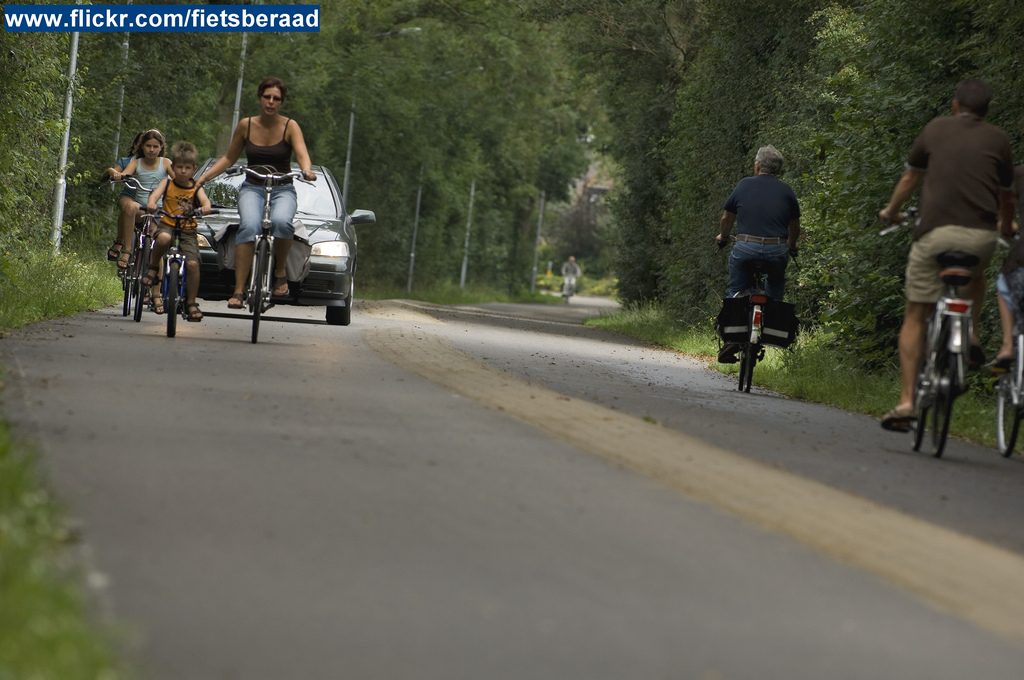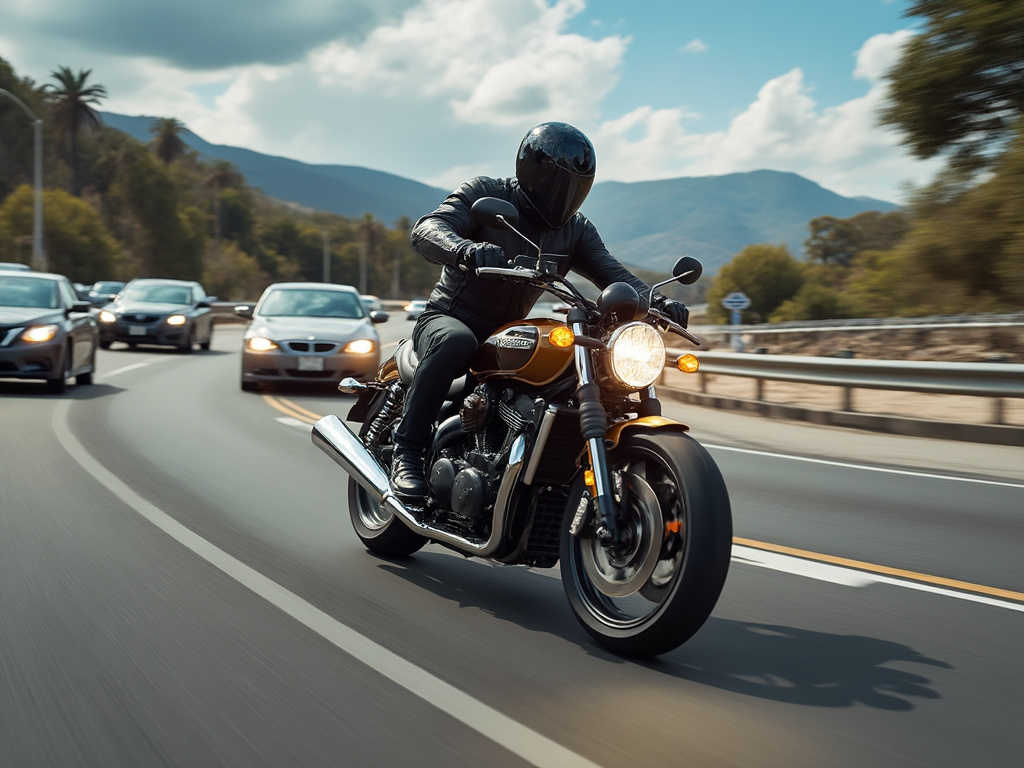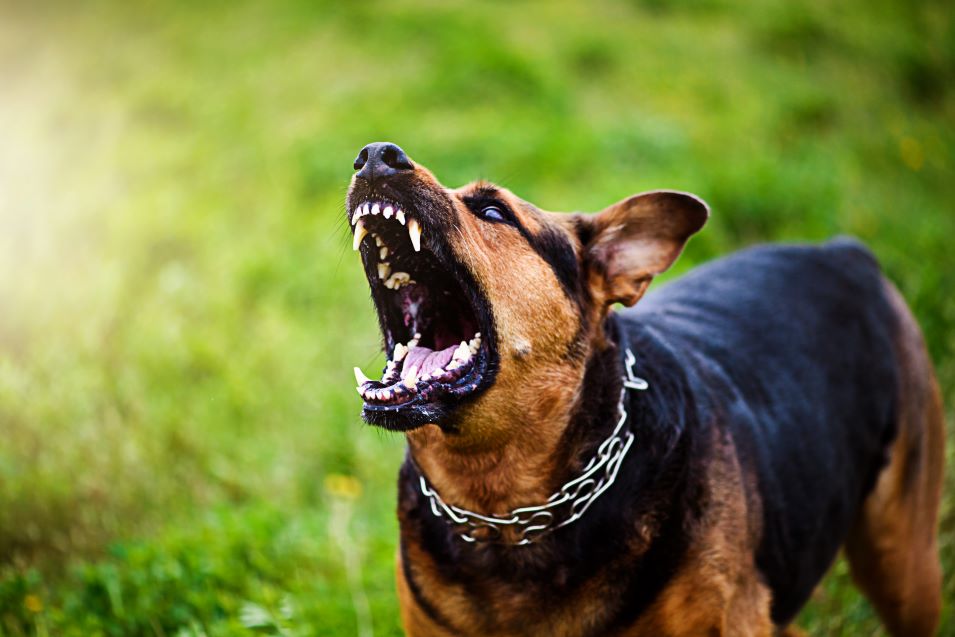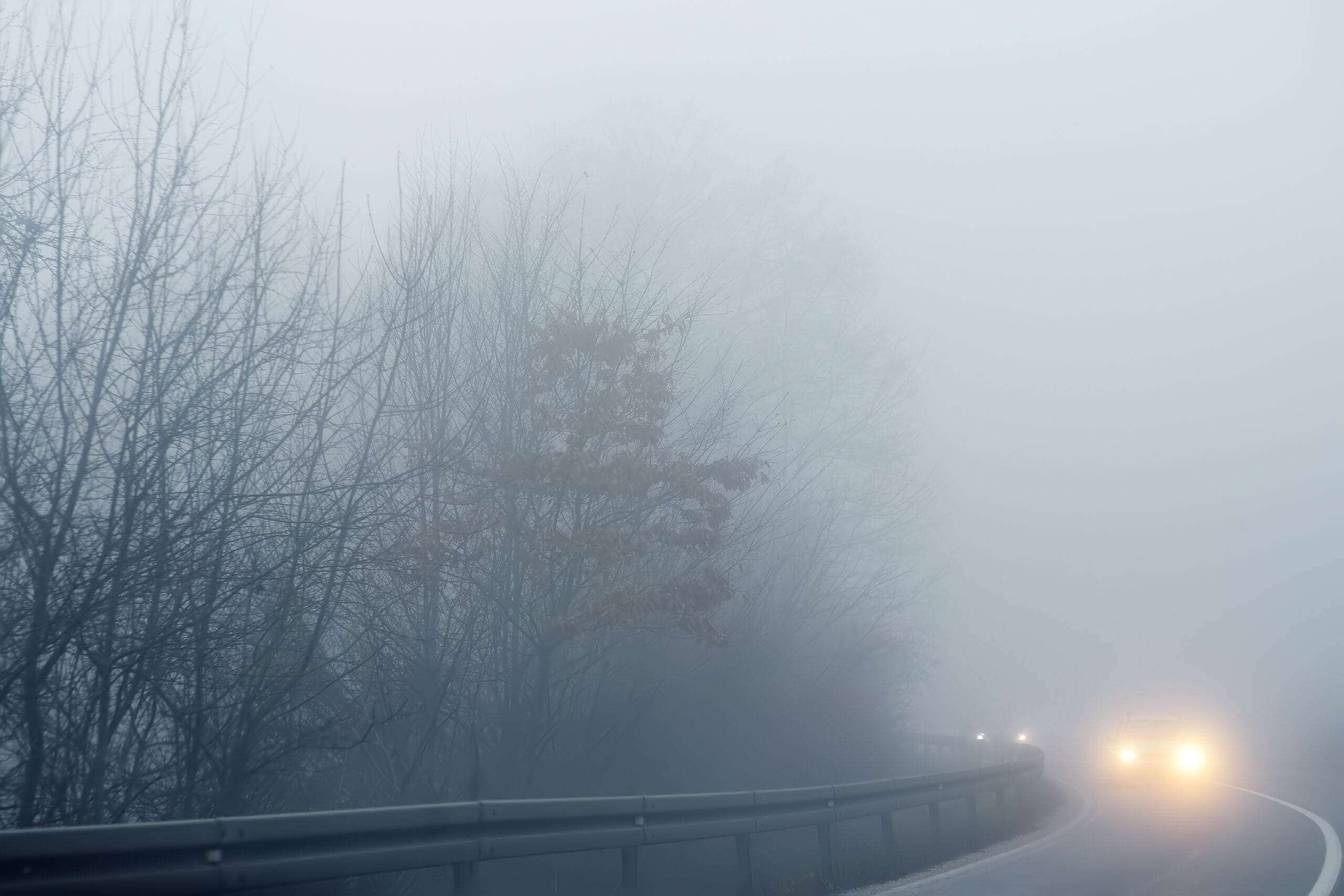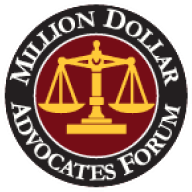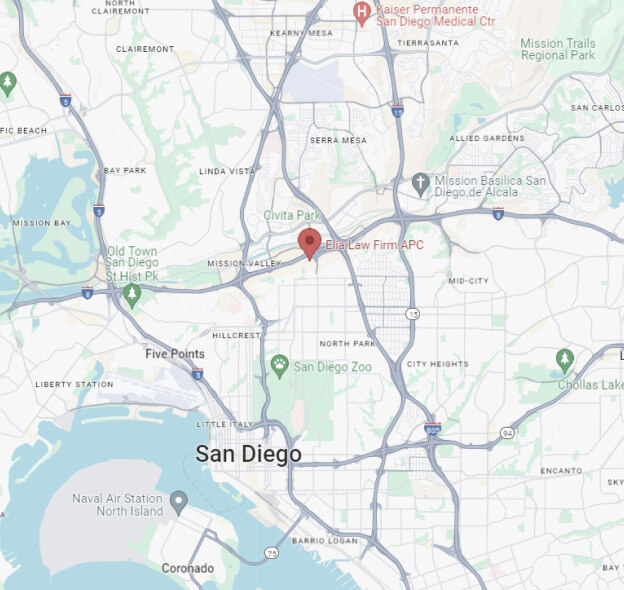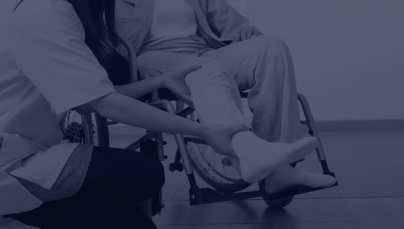This National Bike Month, let’s commit to keeping cyclists safe. The risks are too great not to – for cyclists and for drivers!
In honor of the National Bike Month I’d like to write again about bicycle safety, from a different perspective. I know people who use bicycles to get to work and who use them for exercise and recreation, and they all take their safety very seriously. But their precautions cannot account for the actions of others with whom they share the road.
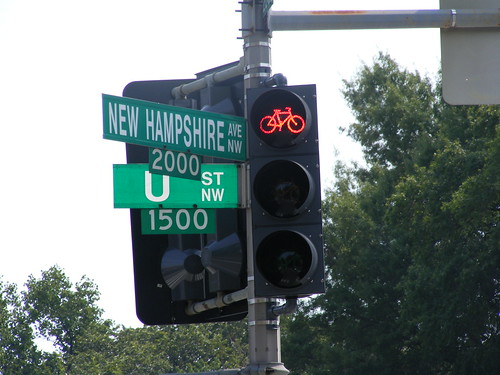
“Bike Traffic Signals”, courtesy of DDOT DC from Flickr.
The most common kinds of bicycle accidents involve another person, usually in an automobile. While fault for the accident can lie with cyclists just as easily as with drivers, drivers are often at fault. In that spirit, here are safety tips for drivers that can help keep prevent accidents and injury.
And if you’re the driver who is annoyed by cyclists in your way and slowing your commute to wherever you happen to be going, you may want to read this because keeping those cyclists on the road is important for your wellbeing as well. Read on to find out why.
We asked cyclists in Facebook for comments and you’ll see those inserted as screenshots below.
1. Stay focused
Many bicycle accidents are the result of driver inattention that can be avoided with common sense preparations and reactions. Anything that can impair your decision making, lower your reaction speed, or reduce your ability to control your vehicle can lead to a collision with a cyclist. And because cyclists are less visible than other cars, it’s easy for drivers to think the coast is clear when it’s not. So, keep your eyes on the road and your wits about you, say cyclists.
- Physical impairment such as alcohol, drugs, and sickness reduce your faculties, lowering reaction times and making you more likely to engage in unsafe behavior. Driving when less than your best is a mistake. If you must travel, get someone to drive you.
- Eyes off the road: rubbernecking and distractions from inside your vehicle, all take your attention from where it belongs. You might catch the signs of an imminent accident, but you’re less likely to.
- Texting, calling, posting on your phone: The temptation to call, text or post online is especially great when it’s available and at hand, and talking with people inside the vehicle can be dangerous as well. Studies disagree about which is the most distracting, but there is agreement that all kinds of social distraction makes you more susceptible to accidents.
2. Drive slower
Moving at slower speeds leaves you more time to react to what cyclists do. Judge your speed based on how much distance you need to brake, and do not tailgate cyclists. Drivers hitting cyclists from behind is a leading cause of accidents. Try and give bicyclists time to reach some speed when they come out of a full stop. In bad weather, lower your speed even more to account for poor visibility and slick terrain.
3. Mind your blind spots
Every car has space behind and to the sides that rearview mirrors and cameras do not cover. You can reduce your blind spots just by turning your head to look, but that will not let you see all around you. Bicycles have much smaller profiles than full-size vehicles, meaning they can “hide” in spaces where a car would be visible, and can quickly enter and exit your field of view. It’s up to you to know what you can and cannot see and adjust your driving accordingly.
4. Share the road


Kathy and David bring up a common problem. Drivers think that cyclists must ride as far right as possible and get annoyed when they don’t because it means having to maneuver around them. That’s when all the horn honking happens. But cyclists will tell you that the right edge of the road is often covered in debris and is not maintained, or is otherwise just not as safe. Riding over a stick or hitting a pothole can send a cyclist to the hospital with major injuries, and has many, many times. Cyclists want drivers to know this and to exercise a little patience if they come upon cyclists who are in their lane.
Additionally, the law now is you must put 3′ of space between your car and a cyclist. That means on narrow roads the only way to safely and legally pass a cyclist is to move into the other lane. So just as you’d wait to pass a slow-moving tractor in the road, give cyclists the same courtesy is their request.
5. Keep the bike lane clear
This request is pretty clear. Drivers want cyclists to stay clear of the road and in the bike lane, but sometimes that is impossible. David and Eric mention a couple of problems they encounter in the bike lane.


And Joe mentions yet another problem.

Cyclists often encounter broken glass and other trash thrown out of car windows. That’s especially hazaradous for cyclists, no matter where on the road they encounter it.
6. Avoid the most common causes of bicycle/automobile accidents
- The door zone. Most bike lanes are right against the parking zone. An incautiously opened door can knock a cyclist to the ground or into traffic, or create an unexpected road hazard. Look behind you before you open your car door.
- Left crosses. Again because of how bike zones are placed, bicycles can hide in their lane behind traffic. An incautious rider may attempt to cross the street when you make a left turn, without seeing you for the same reason you don’t see them. Keep an eye on the space you will move through.
- Right hooks. When you make a right turn, a bicyclist on your right can easily crash into your newly broad side. Slow or come to a full stop before you make a right turn, while you check your sides.
7. And finally, just be nice, say these cyclists



Some of these tips should look familiar: they’re ways for vehicles to avoid the same situations described in our advanced safety tips for San Diego cyclists. That’s no accident, every accident that involves a rider and a driver can be avoided by one of them. Be predictable, pay attention, and stay safe.
7+ November 3rd Addendum: Keep your eyes on the road and stay aware of cyclists around you
We are sad to report that Stephen Clift of San Diego was killed in Texas while riding his bike across country on November 3rd, 2015. A driver who admittedly “looked the other way” hit him from behind and he died a short time later in Amarillo. Steven was on a ride to bring awareness to our nation’s homeless vet situation. In honor of Stephen we want to add this final safety tip to keep your eyes on the road on be on the lookout for others sharing the road with you. You can read more about Stephen Clift’s horrible bicycle accident here.
Drivers, why take these tips seriously?
1. It’s the law. You don’t own the road.
That’s Tom Sokat above and he is a personal injury attorney in the Danville-Pleasanton area with enough courtroom experience fighting for cyclist’s right to know how breaking the law can get drivers in trouble.
As Tyson Wiles of Wiles and Wiles Law in Santa Cruz explains, “A cyclist is considered a vehicle under the California Vehicle code. This means a cyclist may take the full lane of travel when there is no bike lane. Conversely, a vehicle must understand that the bicycle lane is a protected lane and motor vehicles may not enter the bicycle lane unless it is safe to do so.”
So, drivers, it’s the law. Cyclists have as much right to be on the road as you do. And we hope that when you’re getting annoyed behind a slow bike in your way for lack of a bike lane, remember the law. Don’t get yourself in trouble. And instead of honking at them, how about honking at your city council to get them to make a more bike friendly city where bikes and cars both have the space they need.
2. Every bike on the road is one less global-warming car on the road
As “The Union of Concerned Scientists” explains, “Collectively, cars and trucks account for nearly one-fifth of all U.S. emissions, emitting around 24 pounds of carbon dioxide and other global-warming gases for every gallon of gas. About 5 pounds comes from the extraction, production, and delivery of the fuel, while the great bulk of heat-trapping emissions—more than 19 pounds per gallon—comes right out of a car’s tailpipe.”
That’s staggering. In a 20 mile commute to work and back, that means you may be emitting 20 lbs of global warming gases everyday!
Do you think the world might be in a better place if everyone rode bikes to work? If you answer yes, how about a high five next time you see them on your city streets?
No, on second thought, keep your hands on the wheel. How about practicing these safety tips instead?
This brings an end to our “Dear Driver” post on behalf of cyclists.
We hope you take these safety tips to heart.
Drivers, if you have your own requests of cyclists, please leave them in the comments below.
Happy National Bike Month! And stay safe everyone!
- Who Is at Fault in a Motorcycle Lane Splitting Accident in California? - August 26, 2024
- Are Dogs Attacking Without Warning or Are We Misinterpreting Key Signals? - March 4, 2024
- Can You Sue If No One Witnessed Your Slip and Fall Injury? - February 10, 2024
